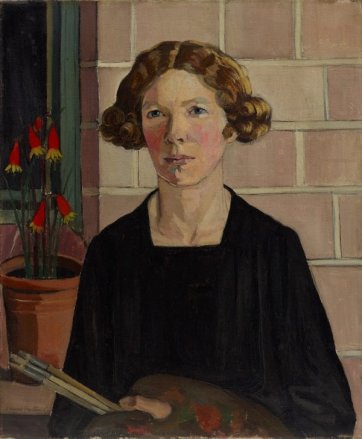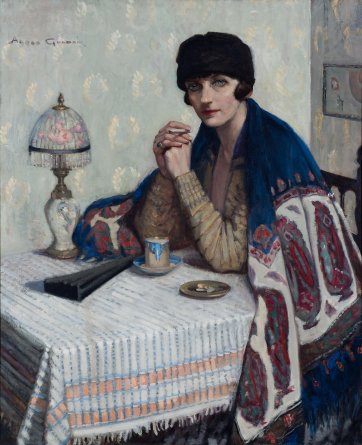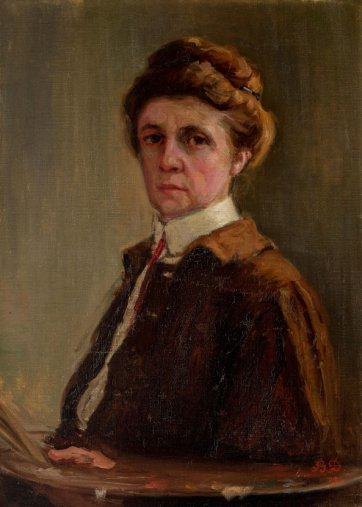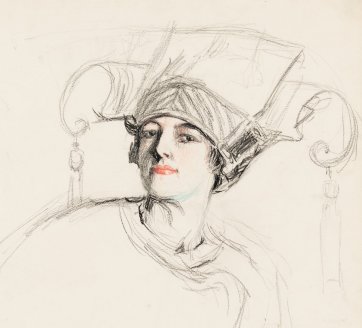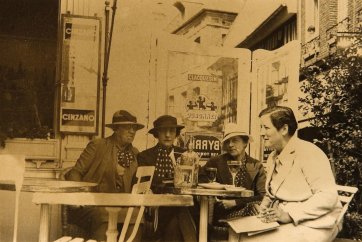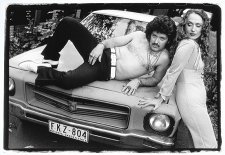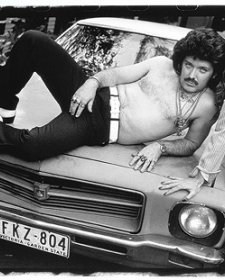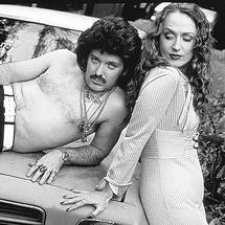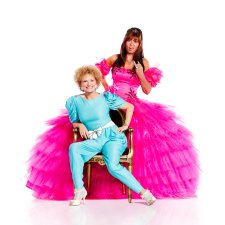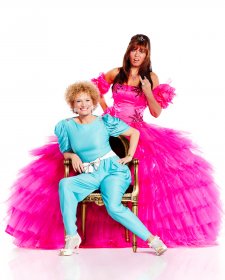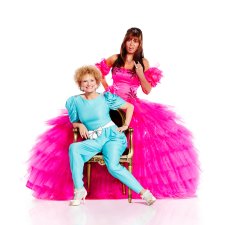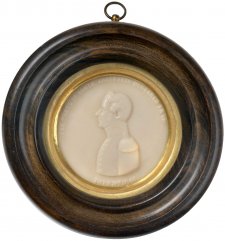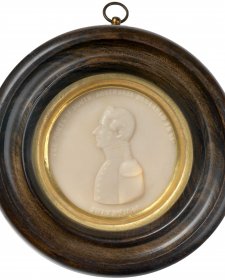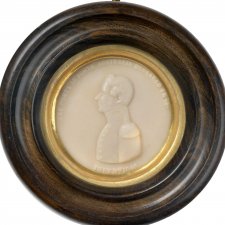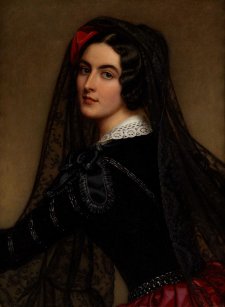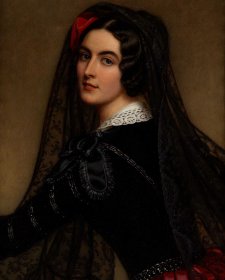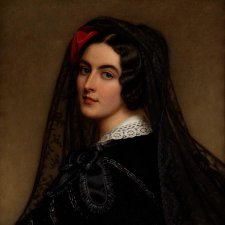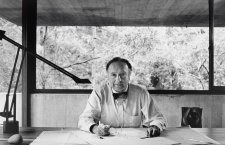Agnes Goodsir was one of a number of Australian women artists to revel in the freedom and creative foment of Paris in the Belle Époque period, characterising it as ‘that wonderful atmosphere of art that makes one thrill all over’.
1 Self portrait, 1930 Margaret Preston. © Art Gallery of New South Wales, gift of the artist at the request of the Trustees 1930. 2 Girl with cigarette (Rachel Dunn), c.1925 Agnes Goodsir. Bendigo Art Gallery, Bequest of Mrs Amy E Bayne 1945. 3 Self-portrait, 1909 Bessie Davidson. Art Gallery of South Australia, gift of Margaret (Mrs Klasen) and Sybil de Rose 1992 © Art Gallery of South Australia. 4 Self portrait (Hilda in the Chinoise hat), c. 1913 Hilda Rix Nicholas. © Bronwyn Wright. 5 Agnes Goodsir (left) and Rachel Dunn (aka Cherry) (second from left) at Valerie en Caix, c.1930 an unknown artist. The Goodsir Archive.
At the turn of the twentieth century, Paris was at the height of its golden age, a period known as La Belle Époque. The city was the intoxicating vortex of artistic life for the western world, a metropolis embracing informality, innovation, and action. It was to this hive of creative activity that so many Australian artists were drawn. And for women artists in particular, it meant an opportunity to shirk the strictures and structures of ‘conventional’ society, taking advantage of independence realised. Broadening their horizons and artistic ambitions, they travelled with sisters, with mothers, with fellow women artists. 36 year-old Agnes Goodsir arrived in 1900; 1904 saw the arrival of Margaret Preston and Bessie Davidson, aged 30 and 25 respectively; and 26 year-old Hilda Rix Nicholas arrived around 1910. While some spent only short periods, and others remained until the end of their days, all found reason to consider their liberating time in Paris both fruitful and formative.
That’s one to get your heart started! You are 9 stories away from seeing your love score...
Choose your next love story
